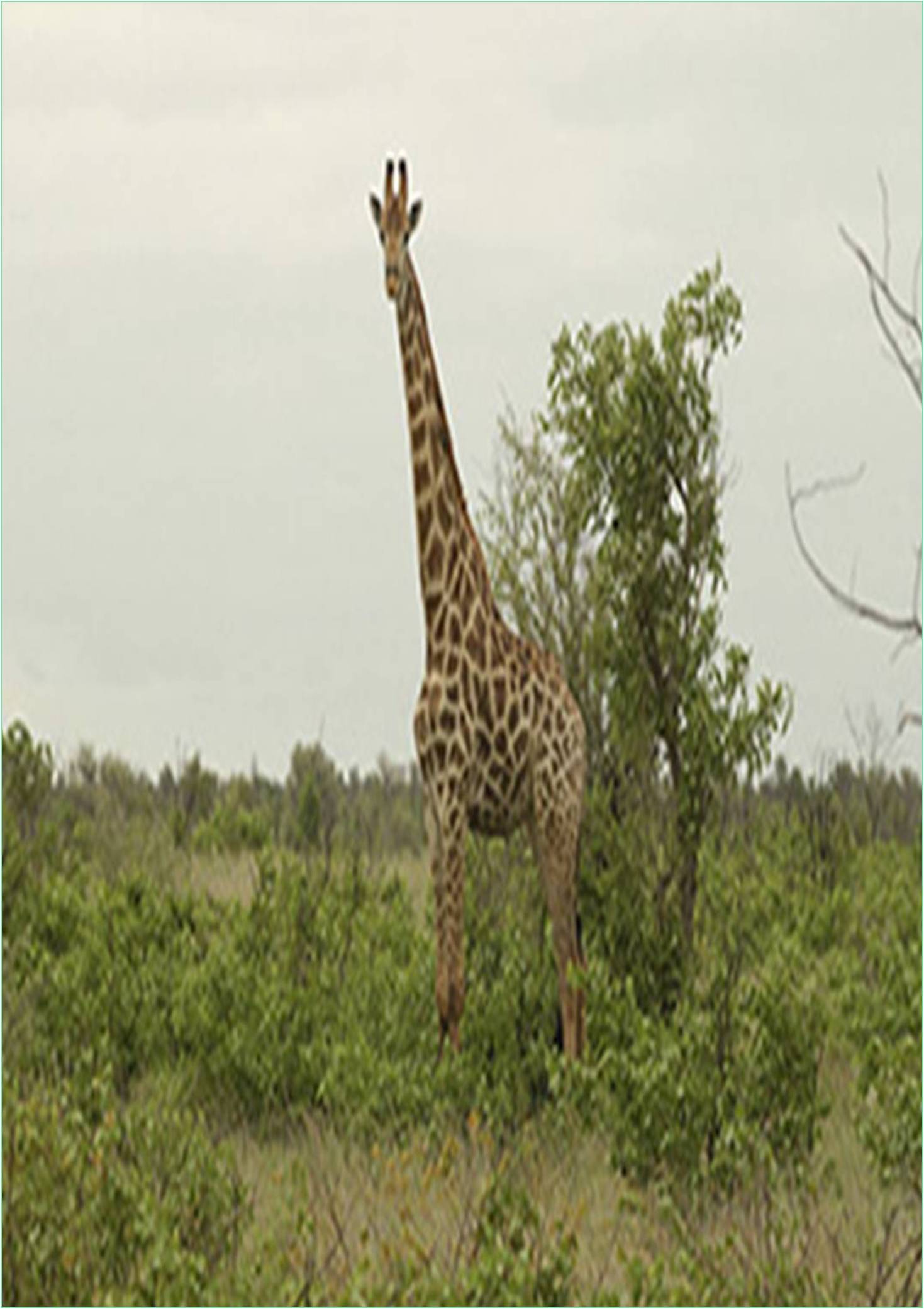



Received: 02-Aug-2022, Manuscript No. GJAEB-22-74091; Editor assigned: 04-Aug-2022, Pre QC No. GJAEB-22-74091 (PQ); Reviewed: 19-Aug-2022, QC No. GJAEB-22-74091; Revised: 26-Aug-2022, Manuscript No. GJAEB-22-74091 (R); Published: 05-Sep-2022, DOI: 10.15651/GJAEB.22.10.010
Snakes are the most feared and most worshipped living creatures. Though all snakes are not venomous, there is a great deal of exaggerated fear of snakes and their poison. Religious and cultural misconception and miseducation as a consequence of poor knowledge on the biology and behavior of these animals may account for this. Since ancient times, snakes have been worshipped, feared, eaten and used for the production of medicines and leather in many parts of the world. The snake has been worshipped in varied forms as god of evil, god of good, as a solar deity, as a regenerative power and also as a god of death. It has served as the symbol of satan and many deities including Apollo and the Egyptian god ra. There is mention of snake worship in the toltec and aztec periods of prehistoric Mexican civilization, Egyptian civilization and in Greek mythology. In China the serpent, in the form of the dragon, figures as a fierce but protective divinity. Snake worship still continues unabated in India. Because of its swift and gliding movement, scaly skin, hypnotic eyes and poisonous bite, the snake is extremely feared and therefore the subject of myth and legend.
Snakes are also part of emblems of many societies. For example, the emblem of Ramkrishna Mission. The pharmacological society of India and many more. Today the snake appears all over the world as the symbol of medicine and pharmacy. Medicinal application of snake and its venom has been mentioned in the Ayurvedic, Unani, Homeopathic and Chinese system of medicine. The ancient Indian physician Sushruta used snake venoms to prolong life. Snakes form an important and integral part of natural ecosystems. Common in many types of habitat, they affect the balance of nature as both predators and prey. They are found practically everywhere between Arctic and Antarctic circles, but they are more numerous and more varied in tropical regions than in temperate ones. Snakes form the suborder Ophidia that belong to the order Squamata of the class Reptilia. The snakes can be broadly classified into fourteen families out of which only five families namely are Colubridae, Viperidae, Crotolidae, Elapidae and Hydrophidae, consist of venomous snakes.
Snakebite, a major medical problem, occurs throughout the world, especially in the tropical countries. According to statistics, the rate of envenomation in Asia has been the highest in the world. With its huge human population and profusion of venomous snakes, the Indian subcontinent has long been recognized to have a large snakebite problem. Since all snake venoms contain multiple components with different mechanisms of action, the pathogenesis of reactions developing after a bite is of a very complex nature. The properties of the different substances in venom and their specific characters vary among the species. However, usually the closer the phylogenetic relationship of the animals, the more similar are the venom properties and their composition. The venom of snake is a highly concentrated digestive juice. It is a secretory substance produced in specialized tissues or glands that are often connected with application structures. The fresh venom is made up of solids as well as water (60-80%). It is a complex mixture of both organic and inorganic components. Proteins and peptides comprise about 90-95% of the dry weight of the venom and include various enzymes, nonenzymatic polypeptide toxins, non-toxins and autacoids.